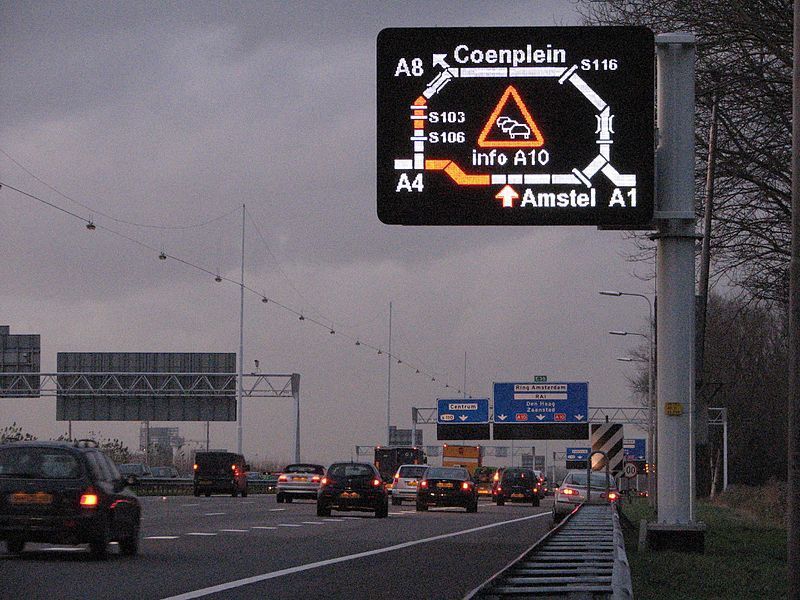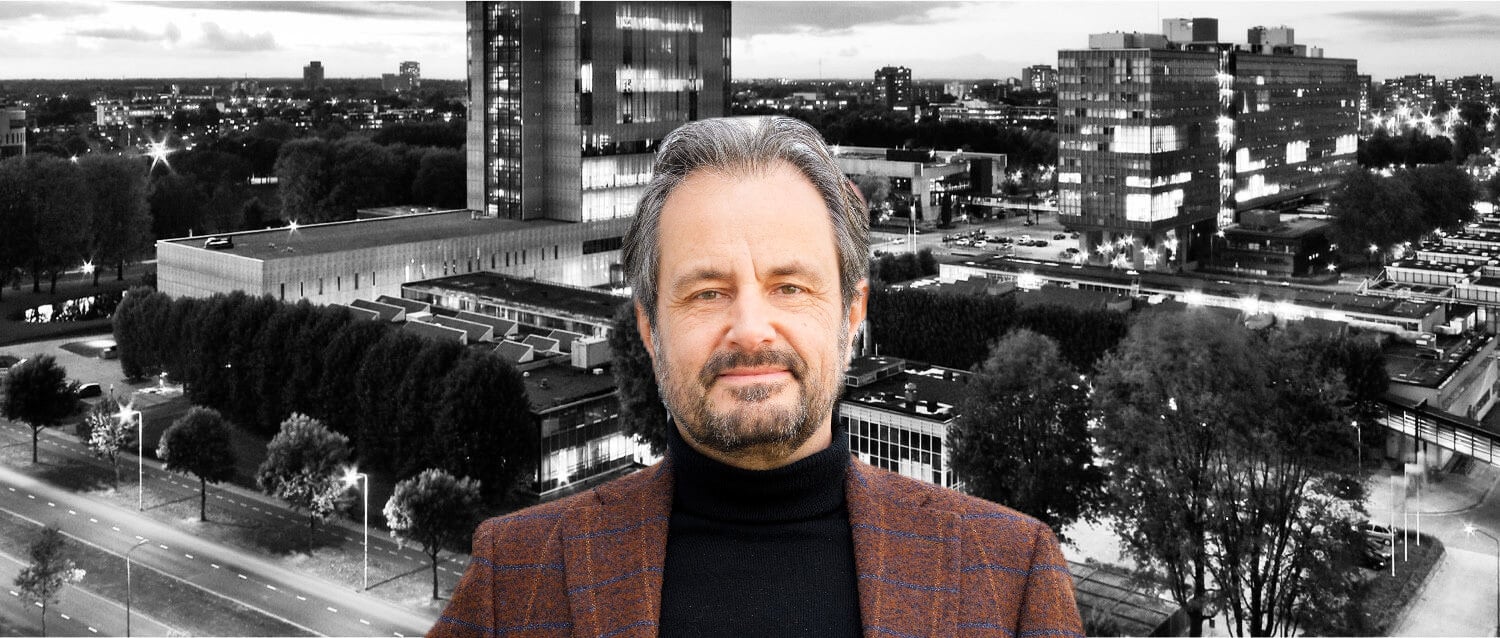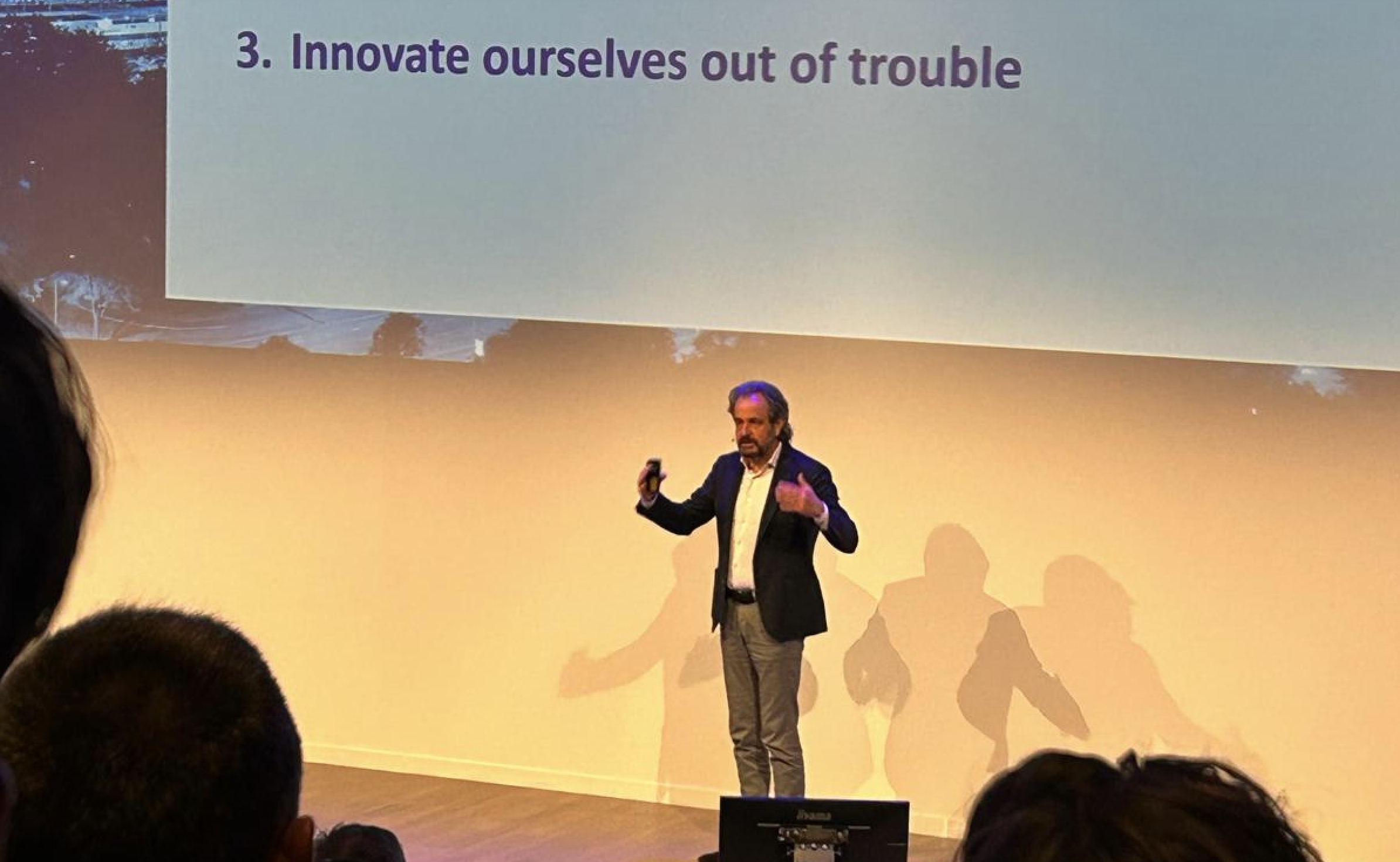
In a weekly column, alternately written by Lucien Engelen, Mary Fiers, Maarten Steinbuch, Carlo van de Weijer, and Tessie Hartjes, E52 tries to find out what the future will look like. All five contributors – sometimes accompanied by guest bloggers – are working on solving the problems of our time. Everything to make Tomorrow Good. This Sunday, it‘s Carlo van de Weijer’s turn. Here are all the previously published columns.
Smart Mobility has many definitions. My image of smart mobility is a system where we can broadly share the given right to mobility in a way that is as sustainable as possible. And, despite many hiccups in the wrong direction, I am optimistic. With vehicles that in the long run will be implicitly safe and clean. We’re working toward that goal at the TU/e.
But all that smart mobility has an extra, for many unexpected, effect: the environment can be much more beautifully designed thanks to smart mobility. Partly by smarter use of walking and cycling in cities. That always looks better than a busy road through the center. In due course, we will get used to a car-free Vestdijk in Eindhoven, just as we are used to a market without cars. Can you still imagine this?
But for transportation to and from the center and beyond, the car will continue to play an important role – and there is still much to gain. This is also due to the fact that vehicles are becoming smarter. After all, it seems a matter of law that the best system is made up of smart elements on a simple infrastructure. The internet has been a success thanks to intelligent clients and servers on a 200-year-old copper wire infrastructure.
Smart vehicles thrive on a simple and predictable infrastructure. Manufacturers are calling harder and harder for less useless complexity such as variable speeds, variable pit lanes, and other needless rubbage next to and above the roads. The exponentially increasing intelligence in a vehicle takes over more and more functions of roadside edge systems, and all of this cheaper and better. Portals that warn for emerging traffic jams, variable message signs, roadside parking redirection systems, they will eventually all disappear from the street scene. But also a large part of the signposts, traffic lights, and road signs will be superfluous and even the added value of lanterns and crash barriers will be less and less. This clutteredly split A2/N2 around Eindhoven, can we still reverse it…? A smart car just prefers to see 5 lanes on each side.
I call for the speeding-up of the decluttering of the transport infrastructure. Or even better: continue to declutter because it has already begun. This site contains more than 3000 before-and-afters from all over the world. Although these examples mainly come from the urban environment, the rural infrastructure can also be designed so much more soberly, modestly and beautifully than it is now. Declutter and embellish. That’s really smart mobility.









